Following on from the last post, in this part, I’m going to show you how to create a really easy, companion set of ruins using a few waste materials that one might have on hand. From this:

To this:

Lets get started.
The foundation of this model is balsa wood, taken from a horse wooden model left over bits. I bought it for my daughter, and she was kind enough to let me have the leftover wood. If your a regular to poundshops and the like, most have them or something similar. Here’s the model used, just so if you want to do the same (Any of the cheap wood model sprues should do):
After you’ve made the model, you’ll be left with some wooden sprue that held all the parts, to be honest, its pretty scrappy poor quality wood, but since we’re making ruins, it will be more than adequate for our needs. As you’ll see, the kits are actually punch printed sheets/boards, and have perfect (ish) 90 degree angles at each corner. These corners are the starting point and you’ll need four of them (2 for each ruined corner) Choose the best looking ones, ones that look as if you have some form of window or door opening if possible as it will save you time if you don’t have as much work to do on them if they look like what you need. Sure you can hack it up as you see fit, but this way you don’t have to.
Since the wood is soft, you can get a biro or stylus/pencil and begin to make textures on the surfaces of each side. You can push down into the wood to provide detail to the plain walls, adding brick and slats that you can drybrush and highlight later.
As you can see, you don’t need to be neat or to pecise, nor do you need to measure (unless you really want to), You’ll need two complete corners, so do another set in the exact same way.
Stick the corners down to your thick card base (or what ever base your using) and leave to dry. After that, its time to start building up your layers of debris. you can use the rest of the wood sprue for this, just break it up into useful looking shapes, blocks and planks with a strong pair of snips, knife or scissors, and slowly layer it up to form natural looking piles, maybe where a ceiling or internal wall has fell down, its really up to you how you want to do it. Remember to leave some areas for your miniatures to hide in the model during play.
The next stage of the build, I wanted a bit more detail to what could essentially be quite a boring model, so I got a dried stem from a bunch of grapes (I always keep these and dry them out as they are very strong, as well as being a dead ringer for blasted or dead foliage) Using milliput to create the base of the tree, I added it to one corner, as well as a bit at the side. More putty was added for additional bits, and more layers of debris were glued on along the edges.
Now, I’d like to mention back to our freebie craft material, artificial grass, which if you remember I used to produce the field in a previous article. This stuff is a really useful and versatile material for making terrain, this time I was going to use it to add wild tufts to the model.
As you can see, you can easily cut it up into strips due to it being stitched on to the rubber base, then each turf can be cut to whatever size you desire. These are then glued down using impact adhesive to the model.
All that is needed now is an undercoat and finishing in the same manner as the other ruins so they will match up.
To finish up with the model, a mix of the usual green and grey and brown flocks, plus grey ballast and a little static grass brings more life into the piece.
You can see all the ruined buildings from both posts, fit together great, best of all they cost nowt (Just the cost of glue, flock, paint, milliput etc) I hope that it inspires you to create some post apoc battlescapes for your own projects, and hopefully will save you a few dollars or pounds in the process!
I’ll be putting more projects up soon, which I’m planning more ambitious builds, not that I have anything against fields or ruins, they are just a little basic and I feel the need to do something a bit more challenging!!
As ever your thoughts, questions and comments are welcome!
Peace out….

















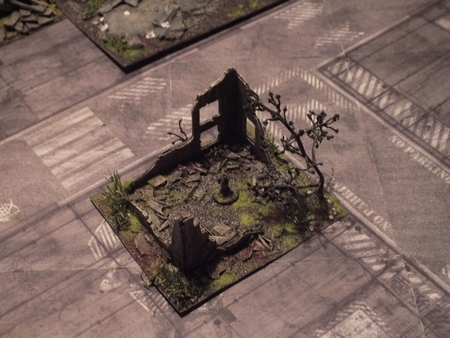


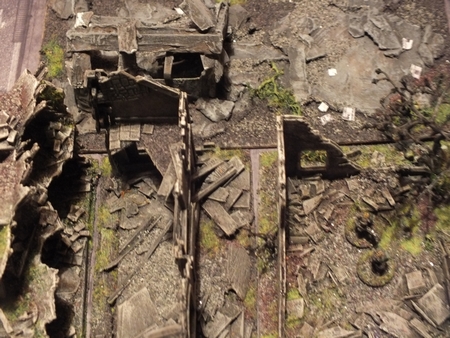























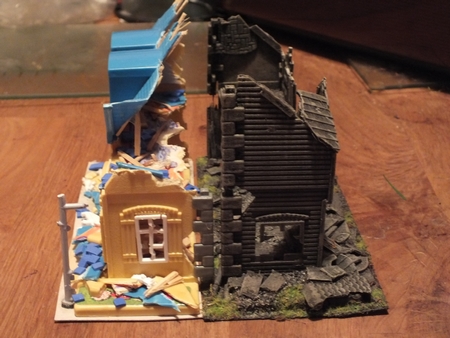














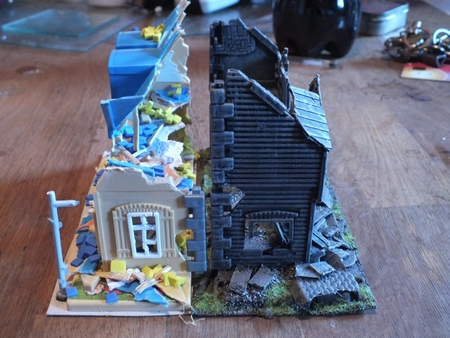





















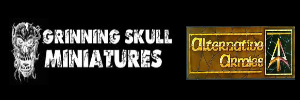
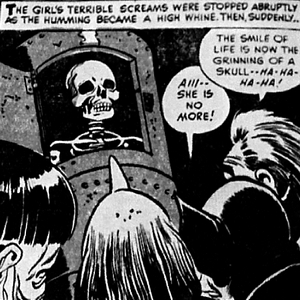



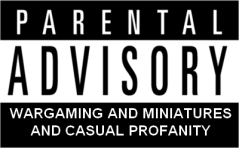










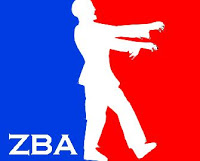

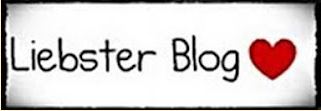


Recent comments from our readers